
What Is an Expert Network?
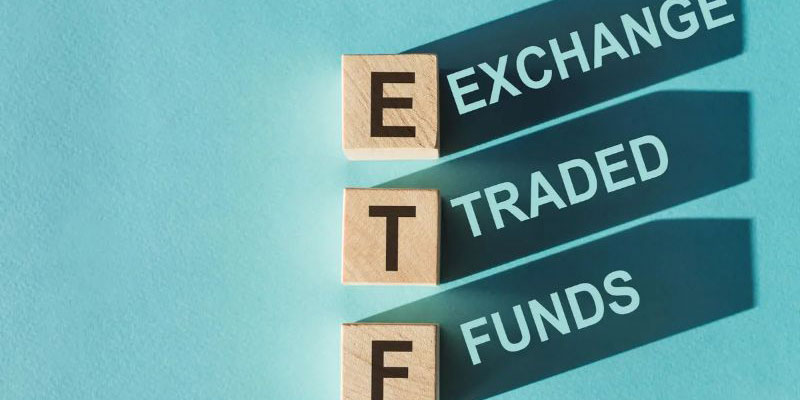
ETF Dividend Payments: How it works?

Business Credit Reports Vs. Consumer Credit Reports: An Overview
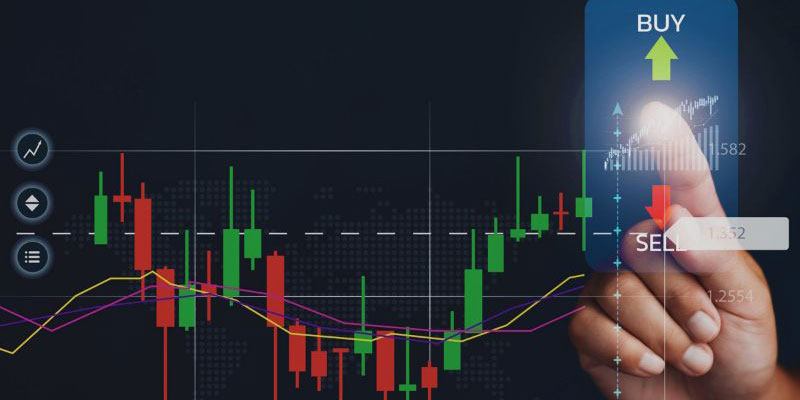
Overview of Pros and Cons of Stock Buybacks
Available Balance: An Overview
Sep 09, 2024 By Kelly Walker
The balance available for usage by the customer or account holder in their checking or on-demand account is the available balance. These funds may be used right now, including deposits, withdrawals, transfers, and any other operation that has already cleared to or from the account. They can be used for any purpose you choose right away. The term "available credit" is often used to refer to the still available balance on a credit card account.
The present balance of an account holder could not match the account's available balance. Any outstanding transactions that have not been cleared are often included in the current balance.
Understanding Available Balance
As indicated above, the available balance shows the money available for immediate usage in a customer's account. This balance is updated regularly throughout the day. This balance is affected by every activity that occurs in the account, regardless of whether the transaction was made at a teller station, ATM, retail location, or online. It does not include any outstanding transactions that have yet to clear.
When you connect to the online banking interface for your financial institution, you will often be presented with two balances: the current and the available. What you now have in your account is called the "current balance." This sum considers any transactions, such as checks, that have not yet been fully settled.
Clearing a check deposit might take one business day to two business days, depending on the policies of the issuing and receiving banks. The process might take much longer if the check is drawn from a foreign or non-banking institution. The period of time from when a check is deposited until it may be withdrawn is known as the float time.

The available balance of a customer's account becomes critical when there is a delay in crediting payments to the account. The funds may appear in the account balance, but the account holder cannot withdraw them until the originating bank processes and clears a deposit, such as a check.
Using the Available Balance
Clients may utilize the available balance however they wish as long as they don't exceed the limit. In addition, they should consider any outstanding transactions that have not yet been added to or subtracted from the balance. Depending on the available balance on their debit card, a consumer may be able to withdraw money, create checks, perform a transfer, or even make a purchase.
Although your bank statement may show a balance of $1,500, you may only have access to $1,000. Possible explanations for the extra $500 include a $350 pending transfer to another account, a $100 online purchase, a $400 cheque that hasn't cleared yet because the bank placed a hold on it, and a $450 pre-authorized payment for your auto insurance. You may withdraw up to $1,000 without further charges from your bank. Over that, you risk going into overdraft, which might cause issues with any pending transactions.
Check Holds and Available Balance
In the following conditions, financial institutions have the discretion to elect to put holds on customer checks, which will reduce the amount of money that is readily available to you:
- If the check is over $5,000, the bank may impose a hold on whatever amount surpasses $5,000. However, the aforementioned sum has to be made available within a fair length of time, often between two and five working days.
- Banks may hold checks from accounts that have been frequently overdrawn. This pertains to accounts with a negative balance on six or more banking days during the most recent six-month period and accounts with a negative balance of $5,000 or more on two separate occasions during the most recent six-month period.
- A bank has the authority to put a hold on a check if it has good grounds to suspect the check's collectibility. Postdated checks, checks with a date at least six months old, and checks that the paying institution has determined it will not respect may lead to this. Customers have a right to get notification from their banks if there is reasonable doubt that they will be paid.
- In an emergency, such as a natural catastrophe, a communication breakdown, or an act of terrorism, a bank has the authority to retain checks that have been deposited. Unless the circumstances allow it to release the available cash, a bank may withhold such checks.
- New clients, defined as individuals who have had their accounts for fewer than 30 days, may have deposits retained in their accounts by banks. Banks may establish an availability timetable for new clients.
Banks are illegal to hold cash or electronic payments beyond $5,000, along with the first $5,000 in traditional checks that have not been challenged. The modifications to Regulation CC, released by the Federal Reserve and effective as of July 1, 2018, are intended to accommodate the changing landscape of electronic check collecting and processing systems. Rule changes for electronic checks, electronic returned checks, and remote deposit capture were all made.
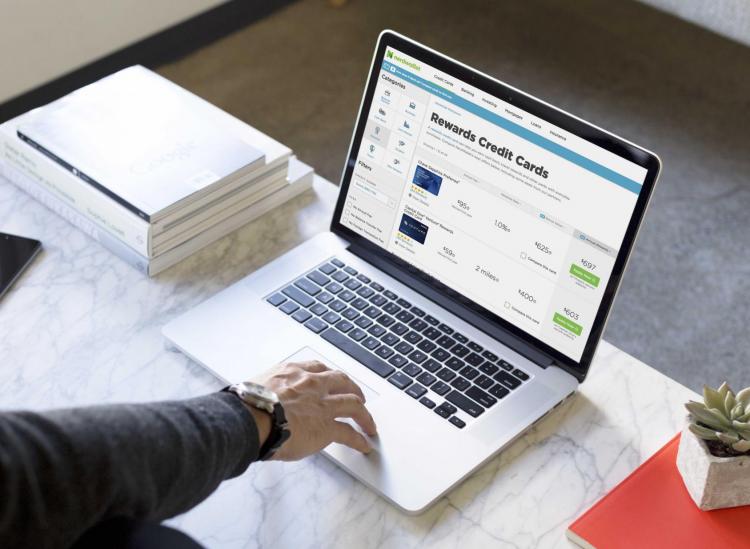

Deciding on a Personal Loan: A Student's Guide

Experian vs. Equifax: What's the Difference?

The Top 10 Best Debt Collection Agencies to Use.
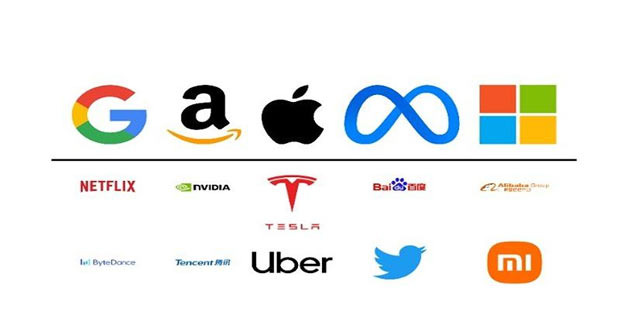
Benefits of Investing in Walmart
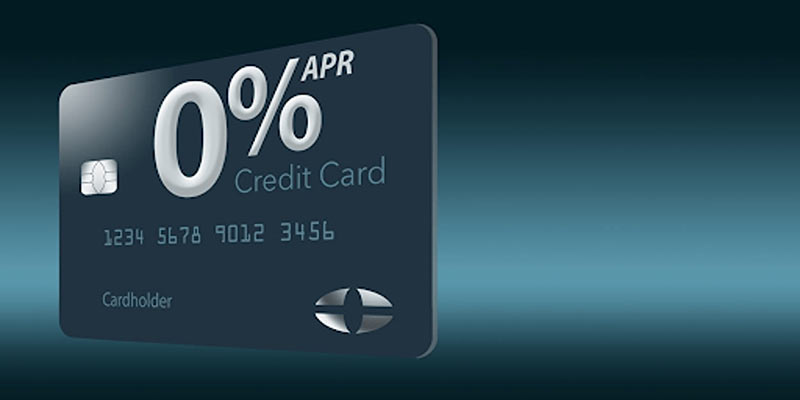
Best 0% APR Credit Cards
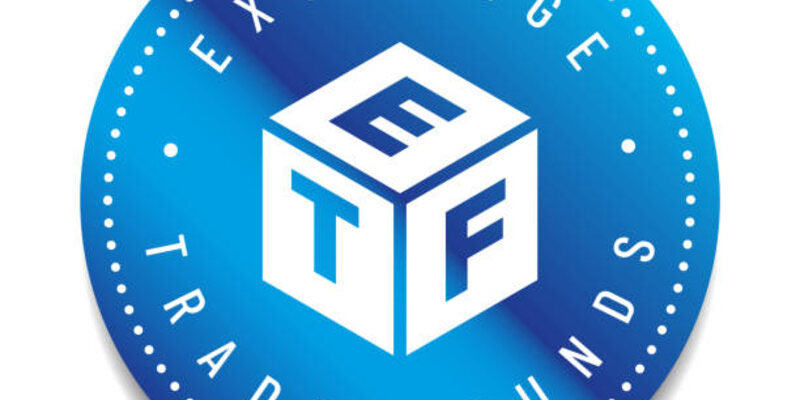
The Basics of an Actively Managed ETF

Dynamics of Supply and Demand in the Housing Market

